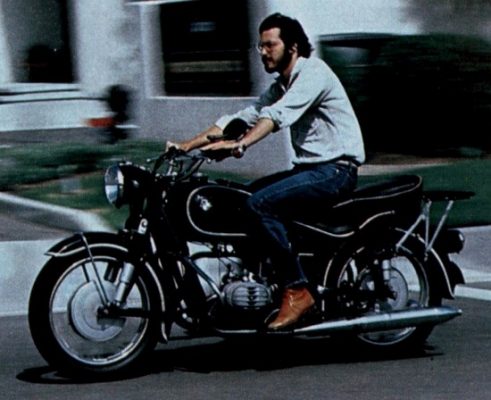What is the most vital investment for the success of your private business? What are your most important assets for your positive legacy? When I ask the most successful Entrepreneur Owner-Managers (for profit or not-for-profit) what they attribute their success to, they almost always say it’s the team they have surrounded themselves with executing on a unique strategy. Usually that team is made up of people whom they have personally recruited, hired, and direct. Recently, I have been thinking deeply about the concept of the best teams.
An “organization” is at its most basic, a theoretical construct right? So a high performing organization or team is nothing more than a group of high performing people all pulling in the same direction. To have a high performing organization, you need to recruit, retain, and align high performing people.
Darren Hardy has an entertaining way of thinking about the cost of high performing teams. He says A-Players are free. Some EOMs I have met believe their organizational success is limited because they cannot afford world-class talent. Hardy makes the point A-Players are Free, and so we “get it” spells it out F-R-E-E, because A-Players always pay for themselves. Let’s test this. If you bring on an A-Player into your organization, doesn’t their performance always result in a multiple of revenues from their cost? Now let’s think about the B- and C-Players? They are incredibly costly in many ways. Financially, they cost you a lot because they don’t pay for themselves. And culturally they cost you even more because they are toxic to and repel A-Players.
Ever ride a motorcycle? It’s axiomatic that you unconsciously, automatically guide the bike to go where you are looking. If your eyes are locked in on a pothole or other obstruction, you will absolutely hit it. This is not my opinion, it is a proven fact, and it reveals a lot about intentionality. When riding a motorcycle you are taught to unlock your eyes as quickly as possible from that pothole, and instead look to where you want to go. Metaphorically, this kind of “deficiency thinking” by focusing on B- and C-Players focuses us on the organizational potholes, and limits our dialogue on envisioning and innovating our intended destination and hoped for legacy.
Generally, having an integrated team is not a given; it usually is not merely the result of serendipity or chance. It is highly intentional, having developed a set of shared concepts, shared vocabulary, a set of mechanisms, and colorfully articulated outcomes which bring value to all your constituencies and therefore benefits positive legacy and Enterprise Value. We concentrate and connect our combined knowledge with / of our team so that we can see the forest AND the trees. Working together, the team can completely and uniquely increase value to EOMs and the quality of their experiences, or even life.
If you as an Entrepreneur Owner-Manager want to live with peak experience / peak performance (or optimize your own potential), then you must surround yourself with energy-creating people. To do that, you may have to put yourself in teams or communities (geographic or virtual) that are places where the sunniest, most creative, most energy-creating, most learning and growing people are.
Do you want to earn a capital gain from your business someday? Because if so, the time to talk with you management team about that is when you decided you are going to have one someday, not wait until you execute on that. You have carefully recruited and incentivized all these people, right? They are talented, you trust them with your baby, and they’re your friends right? Then why wouldn’t you want to get their engagement, support, buy-in of your desire to have a capital gain someday by aligning them with your long-term objectives right now?
I do not often quote Jack Welch but I found this recent comment given at the Jack Welch Management Institute at Strayer University really interesting: “Many things have changed in business over the past fifty years. But one thing has stayed the same— the team that fields the best players wins.”
References and Further Reading:
Cooperrider, David L., Diana K. Whitney, and Jacqueline M. Stavros. Appreciative Inquiry Handbook: For Leaders of Change. Brunswick, OH: Crown Custom Pub., 2008. Print.
Crawford, Matthew B. The World Beyond Your Head: On Becoming an Individual in an Age of Distraction. New York, NY: Farrar, Straus and Giroux, 2015. Print.
Duckworth, Angela. Grit: The Power of Passion and Perseverance. New York, NY: Scribner, 2016. Print.
Hardy, Darren. The Entrepreneur Roller Coaster: Why Now Is the Time to #JoinTheRide. Success, 2015. Print.
Welch, Jack. “Jack Welch: The Role of HR.” YouTube. Jack Welch Management Institute, 25 Jan. 2013. Web. 23 May 2016.

